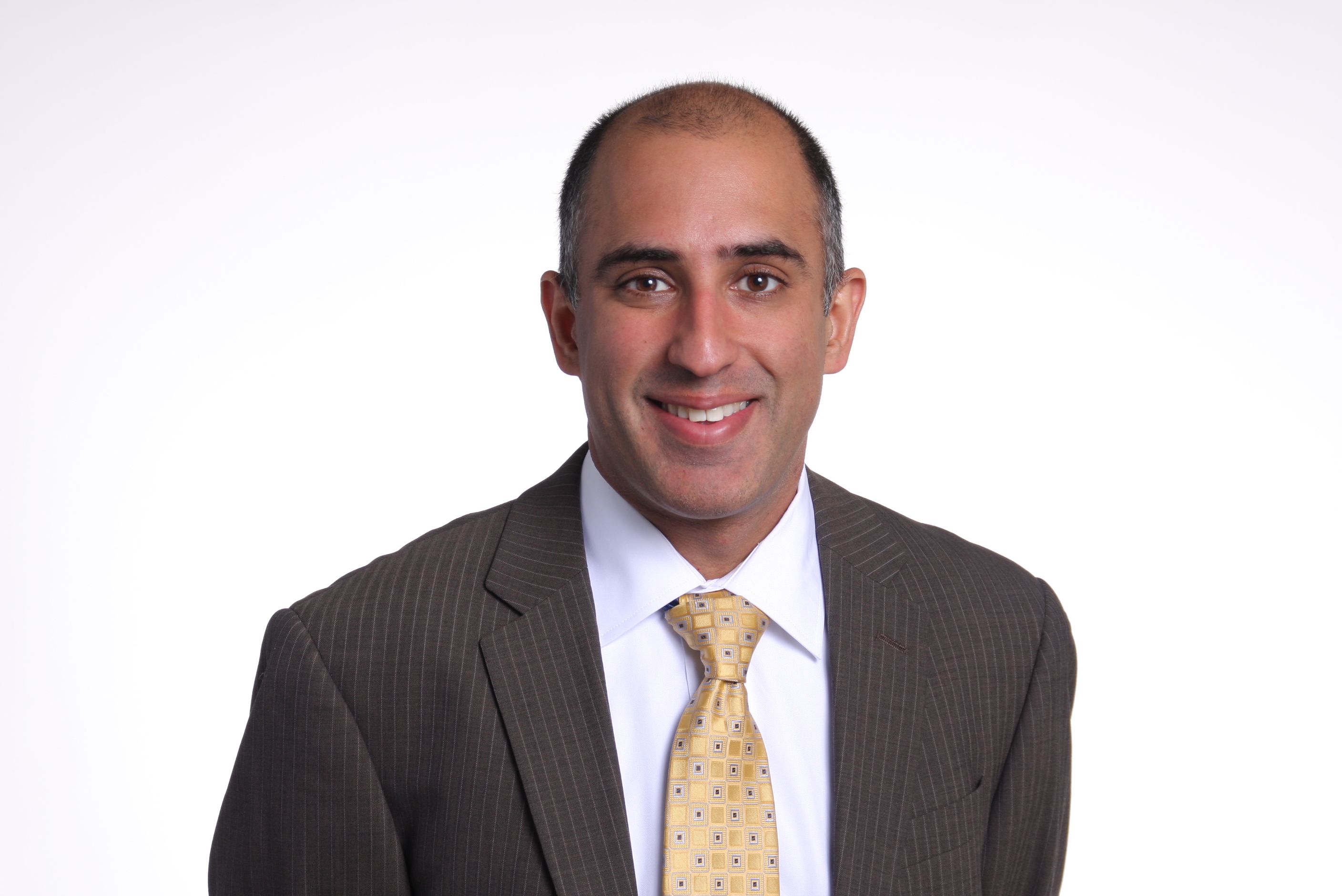COVID-19 Telehealth Surge Has Opened a Rural-Urban Divide
Before the pandemic, rural areas were ahead in telehealth adoption. That has changed during the pandemic, most obviously because many rural residents don’t have access to broadband.
One of the truisms of the COVID-19 pandemic is that it has led to much broader adoption of telehealth and with that, perhaps greater access to healthcare. The “talk therapy” aspects of mental healthcare seem particularly well suited to telehealth and many of the overall numbers about usage and uptake bear that out.
Ateev Mehrotra

But access to telehealth is far from uniform and a rural–urban difference has emerged during the pandemic, according to a recent Health Affairs blog post written by Ateev Mehrotra, M.D., an associate professor at Harvard Medical School and a member of the Managed Healthcare Executive® editorial advisory board, and Sadiq Y. Patel, a postdoctoral research fellow at Harvard Medical School.
Mehrotra and Patel referenced a Commonwealth Fund report on physician visits that shows that in December 2020, 56% of behavioral visits were telehealth visits, which is far greater than the next high proportion, 25% of endocrinology.
But they also pointed to three different studies, included two that they helped conduct, that showed the surge in telehealth use has been smaller in rural areas relative to urban ones. One study they cited showed that the rate of telehealth visits had increased to 147 visits per 1,000 patients in June 2020. A Among urban patients, it had increased to 220 visits per 1,000 patients.
The rural-urban disparity tilted in the other direction prior to the pandemic, Mehrotra and Patel noted.
“Due in part to how telehealth was deployed before the pandemic, telehealth use for the treatment of mental illness was growing much faster in rural areas compared to cities,” they wrote in the blog post, which was published Oct. 7. “Alas, during the pandemic, the situation has flipped, with rural Americans now much less likely to use telehealth.”
There’s really no mystery about why pandemic-era telehealth usage has lagged among Americans living rural areas: lack of broadband coverage, and Mehrotra and Patel note that problems with poor access are more pronounced in states with higher proportions of rural residents; for example, 40% of Mississippi residents don’t have internet access. Income is also a factor, and Mississippi has a greater proportion (18.4%) of people living in poverty than any other state.
Congress and state legislatures are considering many pieces of legislation designed to extend broadband to rural area. The fate of the bipartisan infrastructure bill is in doubt but as passed by the Senate it would include $65 billion for broadband access.
Latest Vaccines and Antiviral Treatments Show Promising Results in Reducing Severe COVID Outcomes
March 7th 2024It was found in a recent study that the updated Moderna, Pfizer-BioNTech and Novavax COVID-19 vaccines, when combined with antiviral treatments like nirmatrelvir and molnupiravir, can significantly decrease the chances of hospitalization and death from current COVID-19 variants.
Read More
In this episode, Peter Wehrwein, managing editor of Managed Healthcare Executive, speaks with Dr. Rodrigo Cerda. Dr. Cerda has been recently promoted to the position of senior vice president of health services and chief medical officer of Independence Blue Cross in Philadelphia. He is also a member of Managed Healthcare Executive’s editorial advisory board. Peter and Dr. Cerda discuss his new role at the Independence Blue Cross, what it means to be a chief medical officer at an insurer these days, valued-based care, social determinants of health, and, of course, the pandemic.
Listen
How More Prompt Action Could Have Saved Thousands of U.S. COVID-19 Deaths
December 10th 2023Researchers of a study compared Israel's CVOID-19 booster rollout experience to the United States to ask the question: How many lives could the U.S. have saved if boosters were authorized sooner?
Read More
Briana Contreras, associate editor of MHE, spoke with Dr. Maria Hernandez, founder and CEO of Impact4Health. Maria shared not only how healthcare inequities remain to be an issue and what needs to be addressed, but also the progress that has been made over time through awareness, conversations and laws, especially due to the heightened awareness of inequities caused from the COVID-19 pandemic and the tragic deaths of George Floyd, Breonna Taylor and many more - which have now occurred over a year ago.
Listen
A Cup or Two of Joe a Day Could Keep COVID-19 Infection Away
November 19th 2023Coffee, rich in polyphenolic compounds like chlorogenic acid (CGA), caffeic acid (CAA), cafestol, melanoidins and trigonelline, has been recognized as a dominant source of CGA in various studies. Previous studies suggest that CGA in coffee can positively impact blood pressure, lipid profile, glycemia and insulin resistance.
Read More
The Challenges, Strategies of COVID-19 Misinformation Interventions
November 16th 2023COVID-19 misinformation interventions should involve public health experts, establish consistent outcome measures and more to address health misinformation at individual, community and systems levels, according researchers of a recent study.
Read More